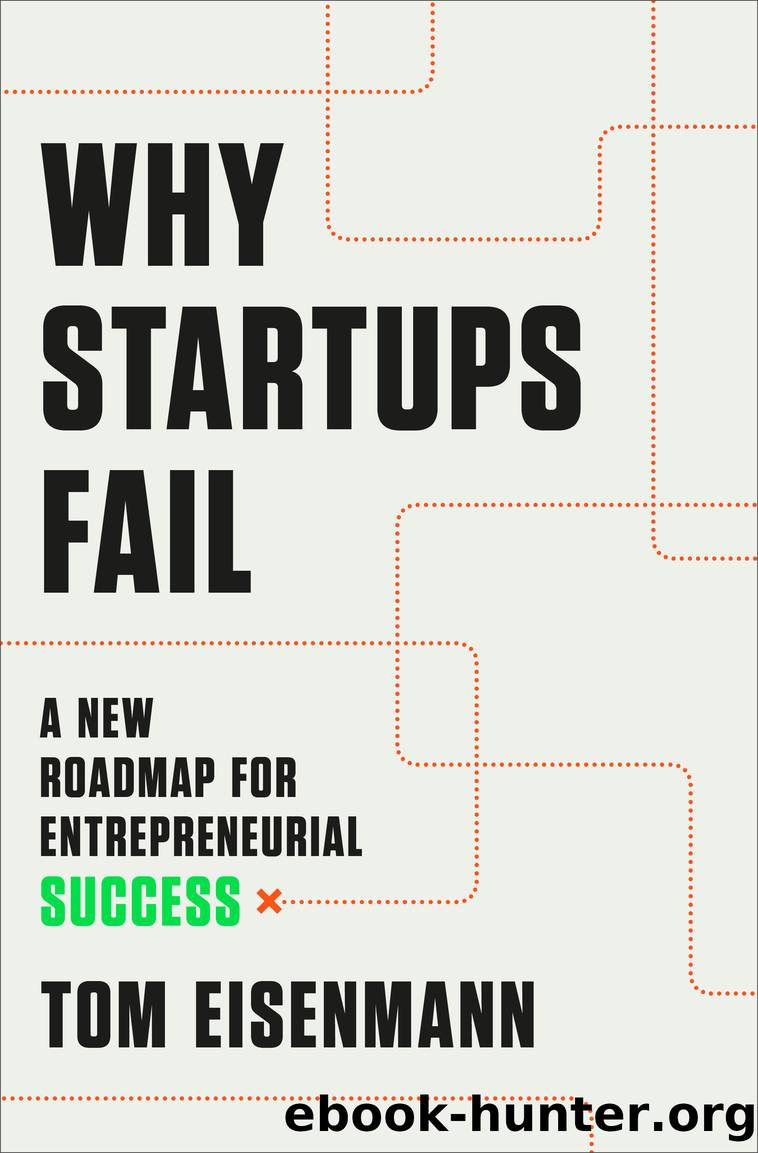Why Startups Fail by Tom Eisenmann

Author:Tom Eisenmann [Eisenmann, Tom]
Language: eng
Format: epub
Publisher: Crown
Published: 2021-03-30T00:00:00+00:00
Cumulative Free-to-Paid Conversion Rate for Cohorts Acquired through Google AdWords
One problem with using cohort analysis to assess saturation risk is that by the time a trend is evident, saturation has already occurred. My HBS colleague Mark Roberge points out that most measures of cohort performanceâfor example, subscriber retention rates and free-to-paid conversion ratesâare lagging indicators of customer satisfaction and engagement. If you focus solely on retention rates, you donât know you have a problem until an unhappy customer disappears. One solution is to track Net Promoter Scores. An NPS survey asks, on a scale of 0 to 10, how likely a customer is to refer the product to a friend or colleague. The score is calculated as the percentage of all customers who are âpromotersâ (scoring 9 or 10), minus the percentage who are âdetractorsâ (scoring 0â6). NPS scores over 50 are considered excellent. A declining NPS can serve as an early warning sign of problems and can allow managers to take corrective actions before severe damage is done.
Roberge recommends that scaling startups go a step further and focus their cohort analysis on early indicators that are both 1) highly predictive of long-term customer satisfaction and 2) observable soon after customers are acquired. As an example, Robergeâs former employer HubSpot, a marketing services startup, tracks the percentage of new customers that use at least five of the HubSpot platformâs twenty-five features within sixty days of signing up. This measure is strongly correlated with long-term customer retention and spending. When the result exceeds 80 percent, HubSpot management believes a cohort is staying âon the rails.â
Beyond giving startups an early warning, indicators linked to product use can provide more focused solutions than a broad measure of satisfaction like NPS. Every function within a startup affects NPS in some way, so any downward trend requires further analysis to figure out which function to address. By contrast, there are far fewer ways to activate feature use by new customers, so managers can decide on corrective action more quickly.
Conducting cohort analysis will help entrepreneurs avoid the temptation to inflate their LTV calculationsâsay, with overoptimistic estimates of retention rates or average order size. They should also use cohort analysis to track CACâcustomer acquisition costâover time, by customer segment and marketing method. That way, theyâre sure to keep their LTV/CAC ratios in sharp focus. To continue with the earlier âfreemiumâ example, the table below shows how the cost of acquiring a free user using Google AdWords is rising. CAC for the three most recent cohorts has roughly doubled, compared to CAC for earlier cohorts.
Download
This site does not store any files on its server. We only index and link to content provided by other sites. Please contact the content providers to delete copyright contents if any and email us, we'll remove relevant links or contents immediately.
Life 3.0: Being Human in the Age of Artificial Intelligence by Tegmark Max(4507)
The Sports Rules Book by Human Kinetics(3588)
ACT Math For Dummies by Zegarelli Mark(3565)
The Age of Surveillance Capitalism by Shoshana Zuboff(3422)
Blood, Sweat, and Pixels by Jason Schreier(3130)
Unlabel: Selling You Without Selling Out by Marc Ecko(2981)
Urban Outlaw by Magnus Walker(2950)
Hidden Persuasion: 33 psychological influence techniques in advertising by Marc Andrews & Matthijs van Leeuwen & Rick van Baaren(2778)
The Pixar Touch by David A. Price(2739)
Bad Pharma by Ben Goldacre(2729)
Project Animal Farm: An Accidental Journey into the Secret World of Farming and the Truth About Our Food by Sonia Faruqi(2660)
Brotopia by Emily Chang(2591)
The Content Trap by Bharat Anand(2493)
Slugfest by Reed Tucker(2415)
The Airbnb Story by Leigh Gallagher(2370)
Kitchen confidential by Anthony Bourdain(2306)
Coffee for One by KJ Fallon(2007)
Smuggler's Cove: Exotic Cocktails, Rum, and the Cult of Tiki by Martin Cate & Rebecca Cate(1979)
Beer is proof God loves us by Charles W. Bamforth(1920)
